
More information:
BDAA Events / International Astronomy Show
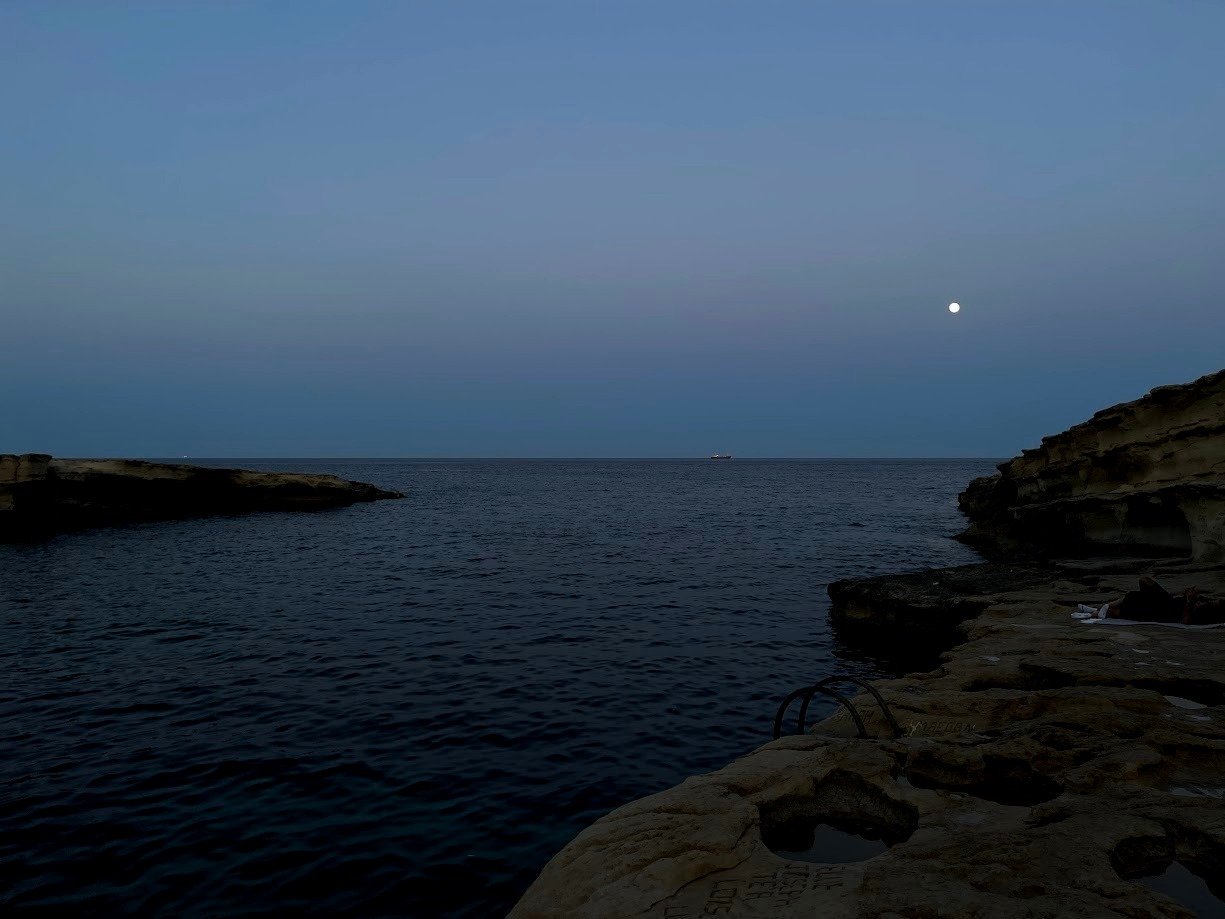
The Belt of Venus is a pinkish glow that appeared in the evening sky shortly after sunset.

The Elephant’s Trunk Nebula is a concentration of interstellar gas and dust within the much larger ionized gas region IC 1396 located in the constellation Cephus (The King).
Guides to the night sky
Deep Sky Object: IC1396 (Elephant’s Trust Nebula)
Constellation: Cephus (The King)

The Moonwalkers: A Journey with Tom Hanks![]() BSL screening on the following dates:
BSL screening on the following dates:
O
More information for venue & book tickets

The Crab Nebula (catalogue designations M1, NGC 1952) is a supernova remnant and pulsar wind nebula in the constellation of Taurus (The Bull).
Guides to the night sky
Deep Sky Object: M1 (The Crab Nebula)
Constellation: Taurus (The Bull)
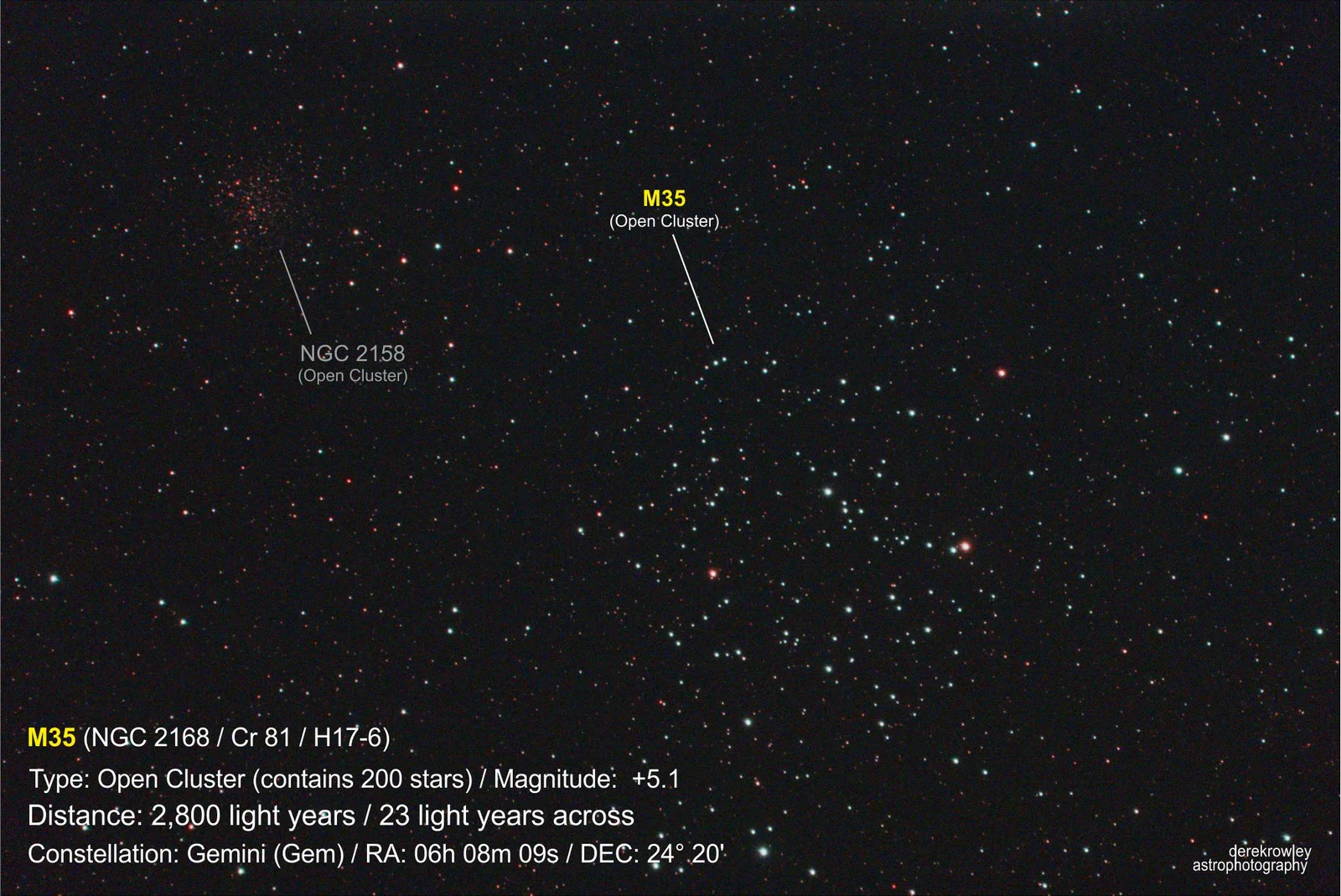
Messier 35 is an open star cluster 2800 light-years away in Gemini with NGC 2158 appears to be situated but NGC 2158 is 14,700 lightyears away, and is believed to be about 2 billion years old.
Guides to the night sky
Deep Sky Object:
– M35 (open cluster)
– NGC2158 (open cluster)
Constellation:
– Gemini (The Twin)
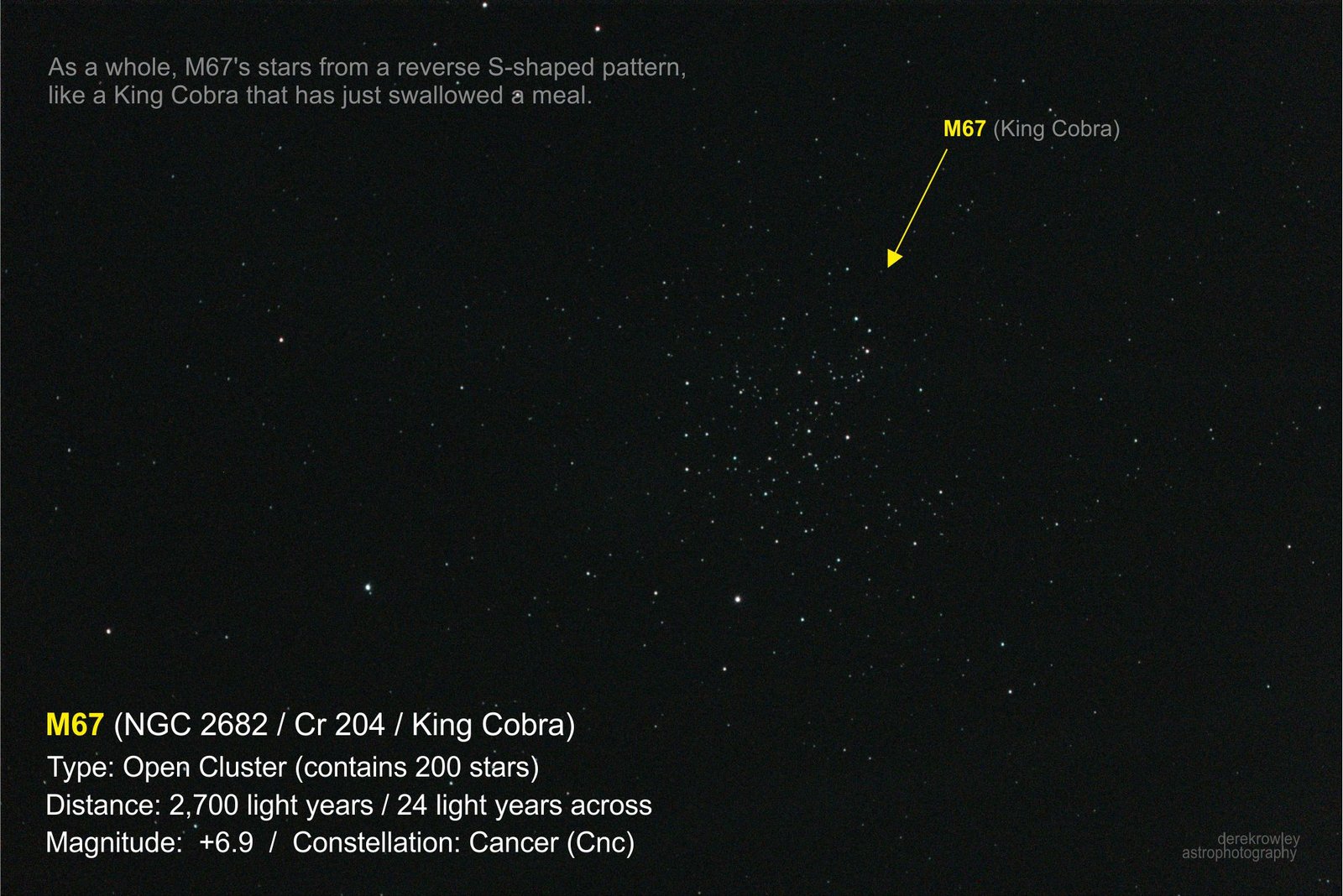
Messier 67 is an open cluster in the Cancer constellation, and situated close to the celestial equator.
Guides to the night sky
Deep Sky Object: M67 (open cluster)
Constellation: Cancer (The Crab)
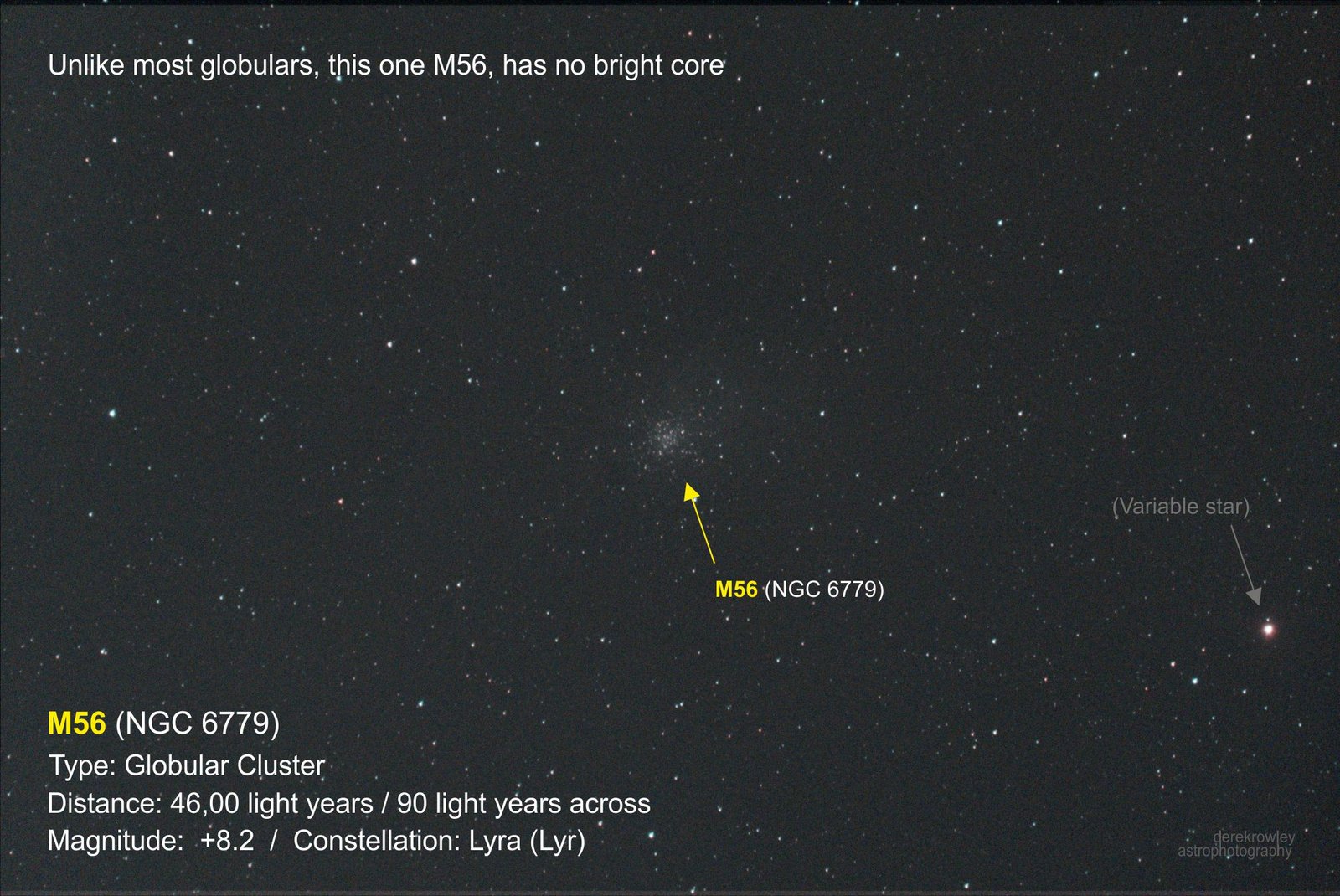
Messier 56 is a globular cluster located 33,000 light-years away from Earth in the constellation Lyra (The Lyra).
Guides to the night sky
Deep Sky Object: M56 (globular cluster)
Constellation: Lyra (The Lyra)
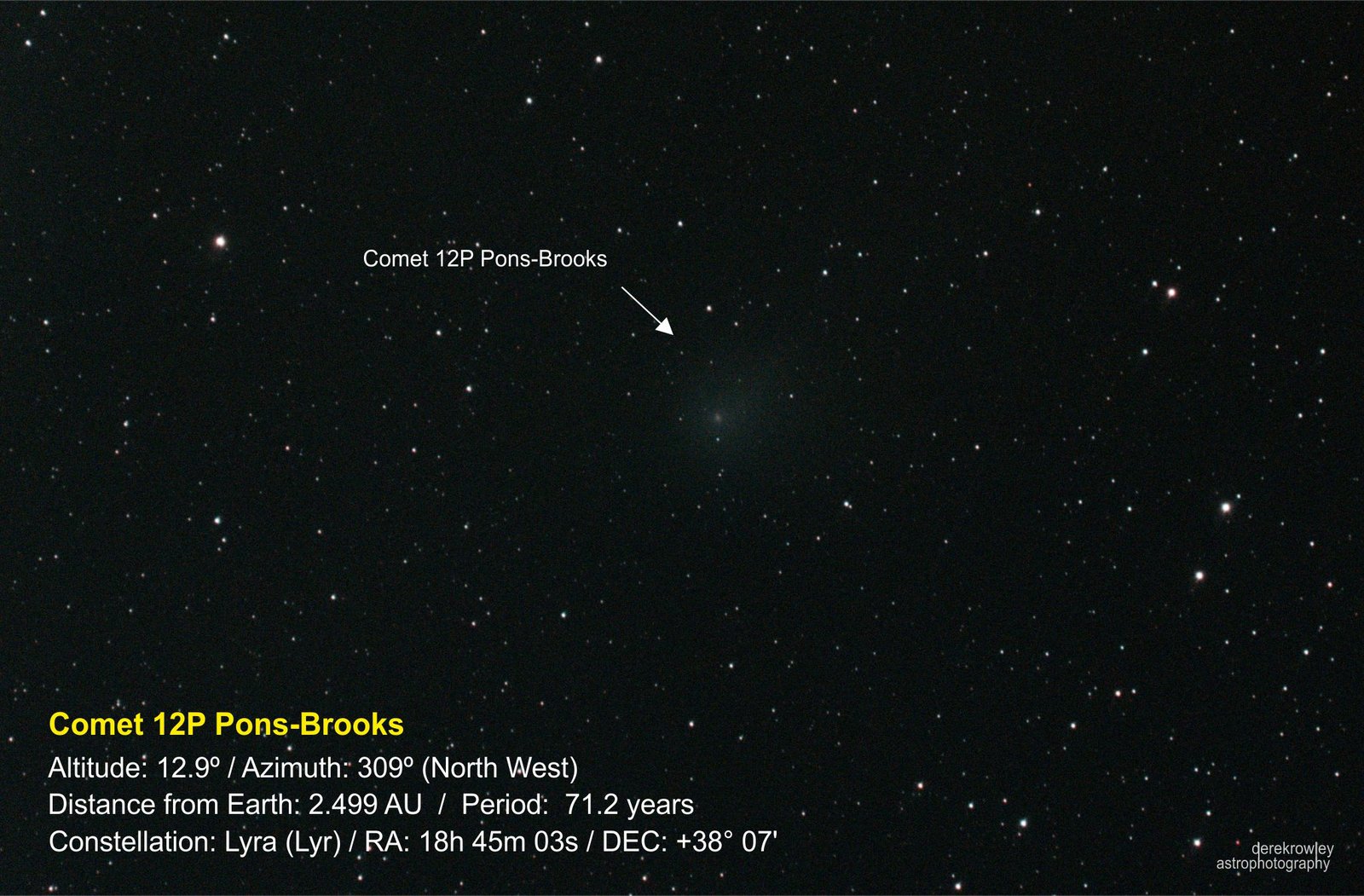
This comet was visible in the night sky for observers in the northern hemisphere.

Here is a widefield astrophotography to show where NGC 896, commonly known as the Fish Head Nebula, is gas nebulosity off to the Heart Nebula (IC 1805) in the constellation Cassiopeia (The Queen).
Guides to the night sky
Deep Sky Object:
– NGC896 (Fish Head Nebula)
– IC1805 (Heart Nebula)
Constellation:
– Cassiopeia (The Queen)